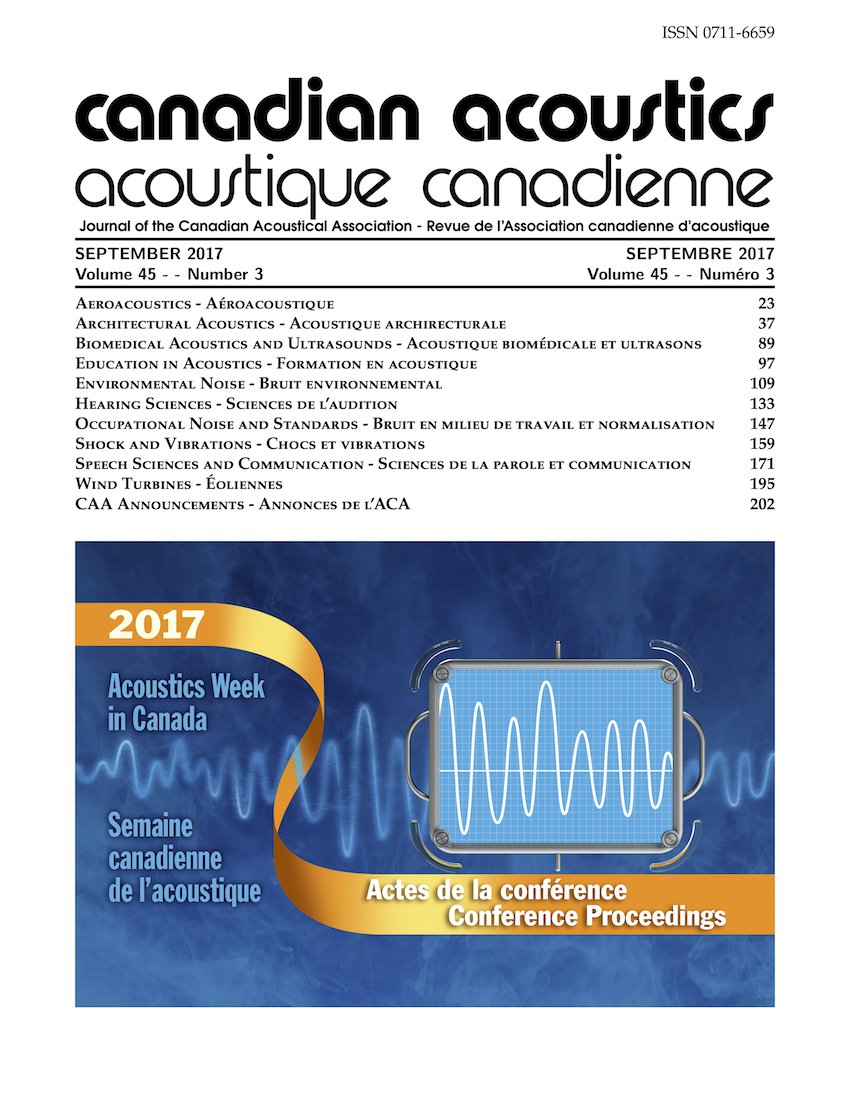Evaluation on overlapping Barriers Design using SoundPLAN
Abstract
Traffic noise comes along with highway and city road developments. As these roadways are being built closer and closer to residential areas, residents will be exposed to higher or even unbearable noise levels. To overcome traffic noise problems, noise barriers, low noise pavements, low noise vehicles, traffic control measures, and proper land uses have been proposed. Being considered to have great benefits of easy installation, better noise reduction performance, and ability to soothe annoyed residents, noise barriers have become the most prevalent noise control measures adopted by most agencies. However any defects in noise barriers may allow unnecessary noise propagation and thus degrade their performance. Consequently, noise barriers should be constructed and maintained with care to uphold their designed noise reduction capability. Overlapping barriers are sometimes necessary for maintenance or community access. There is apparently a need to evaluate the effect of the performance of overlapping barriers. Inappropriate design may cause severity of degradation of acoustical effectiveness. So acquiring the appropriate parameters of the overlapping barrier design will serve as a reference for decision makers to properly allocate the gap location and select the sound design. This analysis focuses on the evaluation of barrier overlapping design and receiver regions in the vicinity of an overlap gap using the SoundPLAN software package. The contributions from the various parameters such as materials, barrier height, gap and overlapping sizes were investigatedAdditional Files
Published
How to Cite
Issue
Section
License
Author Licensing Addendum
This Licensing Addendum ("Addendum") is entered into between the undersigned Author(s) and Canadian Acoustics journal published by the Canadian Acoustical Association (hereinafter referred to as the "Publisher"). The Author(s) and the Publisher agree as follows:
-
Retained Rights: The Author(s) retain(s) the following rights:
- The right to reproduce, distribute, and publicly display the Work on the Author's personal website or the website of the Author's institution.
- The right to use the Work in the Author's teaching activities and presentations.
- The right to include the Work in a compilation for the Author's personal use, not for sale.
-
Grant of License: The Author(s) grant(s) to the Publisher a worldwide exclusive license to publish, reproduce, distribute, and display the Work in Canadian Acoustics and any other formats and media deemed appropriate by the Publisher.
-
Attribution: The Publisher agrees to include proper attribution to the Author(s) in all publications and reproductions of the Work.
-
No Conflict: This Addendum is intended to be in harmony with, and not in conflict with, the terms and conditions of the original agreement entered into between the Author(s) and the Publisher.
-
Copyright Clause: Copyright on articles is held by the Author(s). The corresponding Author has the right to grant on behalf of all Authors and does grant on behalf of all Authors, a worldwide exclusive license to the Publisher and its licensees in perpetuity, in all forms, formats, and media (whether known now or created in the future), including but not limited to the rights to publish, reproduce, distribute, display, store, translate, create adaptations, reprints, include within collections, and create summaries, extracts, and/or abstracts of the Contribution.


